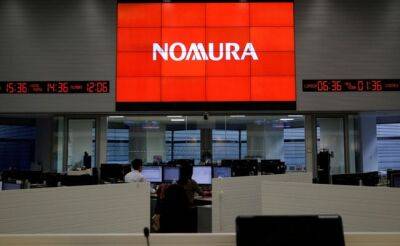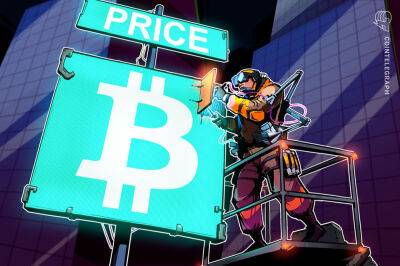Pro traders adopt a hands-off approach as Bitcoin price explores new lows
Bitcoin’s (BTC) current 20% drop over the past four days has put the price at its lowest level in nine months and while these movements might seem extraordinary, quite a number of large listed companies and commodities faced a similar correction. For example, natural gas futures corrected 15.5% in 4 days and nickel futures traded down 8% on May 9.
Other casualties of the correction include multiple $10 billion and higher market capitalization companies that are listed at U.S. stock exchanges. Bill.com (BILL) traded down 30%, while Cloudflare (NET) presented a 25.4% price correction. Dish Network (DISH) also faced a 25.1% drop and Ubiquiti's (UI) price declined by 20.4%.
Persistent weak economic data indicates that a recession is coming our way. At the same time, the U.S. Federal Reserve reverted its expansionary incentives and now aims to reduce its balance sheet by $1 trillion. On May 5, Germany also reported factory orders declining by 4.7% versus the previous month. The U.S. unit labor costs presented an 11.6% increase on the same day.
This bearish macroeconomic scenario can partially explain why Bitcoin and risk assets continue to correct but taking a closer look at how professional traders are positioned can also provide useful insight.
To understand whether the recent price action reflects top traders' sentiment, one should analyze Bitcoin's futures contracts premium, otherwise known as the "basis rate."
Unlike a perpetual contract, these fixed-calendar futures do not have a funding rate, so their price will differ vastly from regular spot exchanges. The 3-month futures contract trades at a 5% or lower annualized premium whenever these pro traders flip bearish.
On the other hand, a neutral market should present a 5% to
Read more on cointelegraph.com

 cointelegraph.com
cointelegraph.com









![Will The Sandbox [SAND] investors mend their ways after this market crash](https://finance-news.co/storage/thumbs_400/img/2022/5/14/25595_nmfa.jpg)








